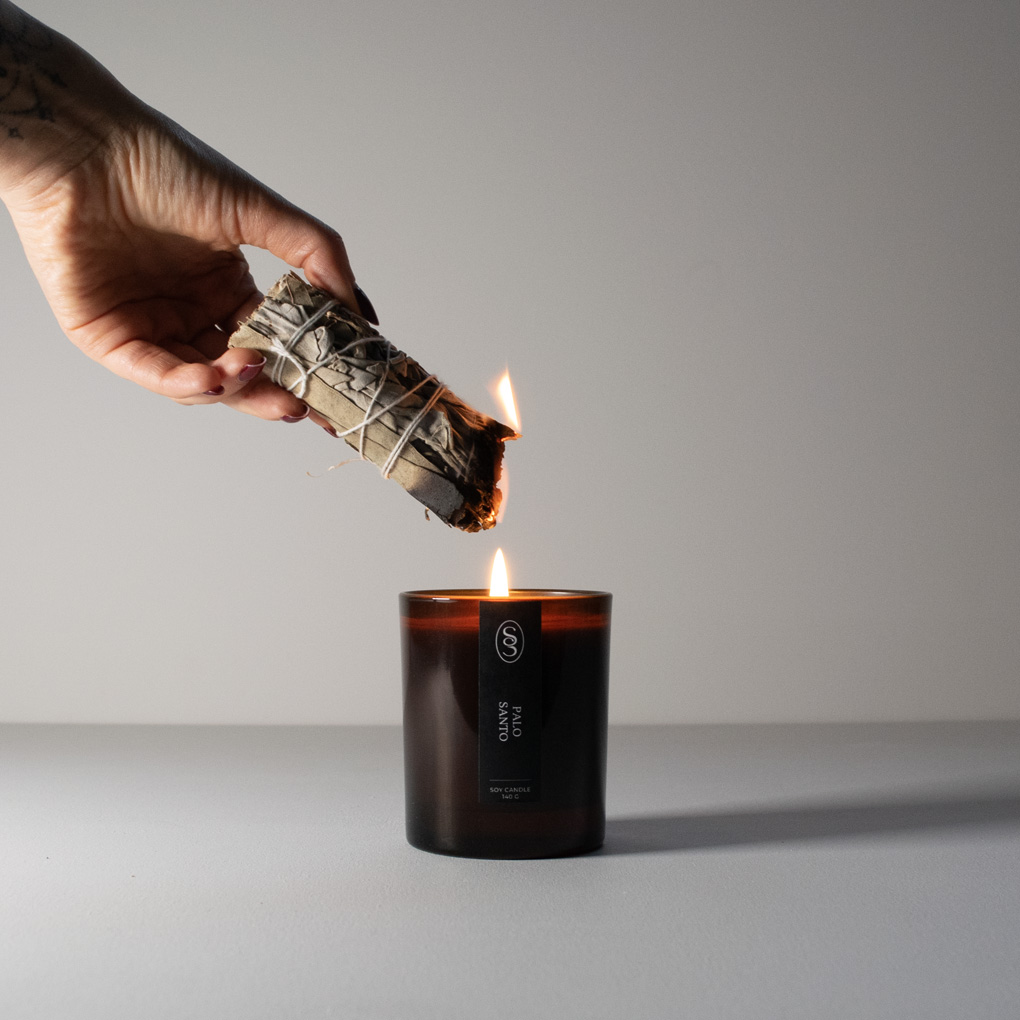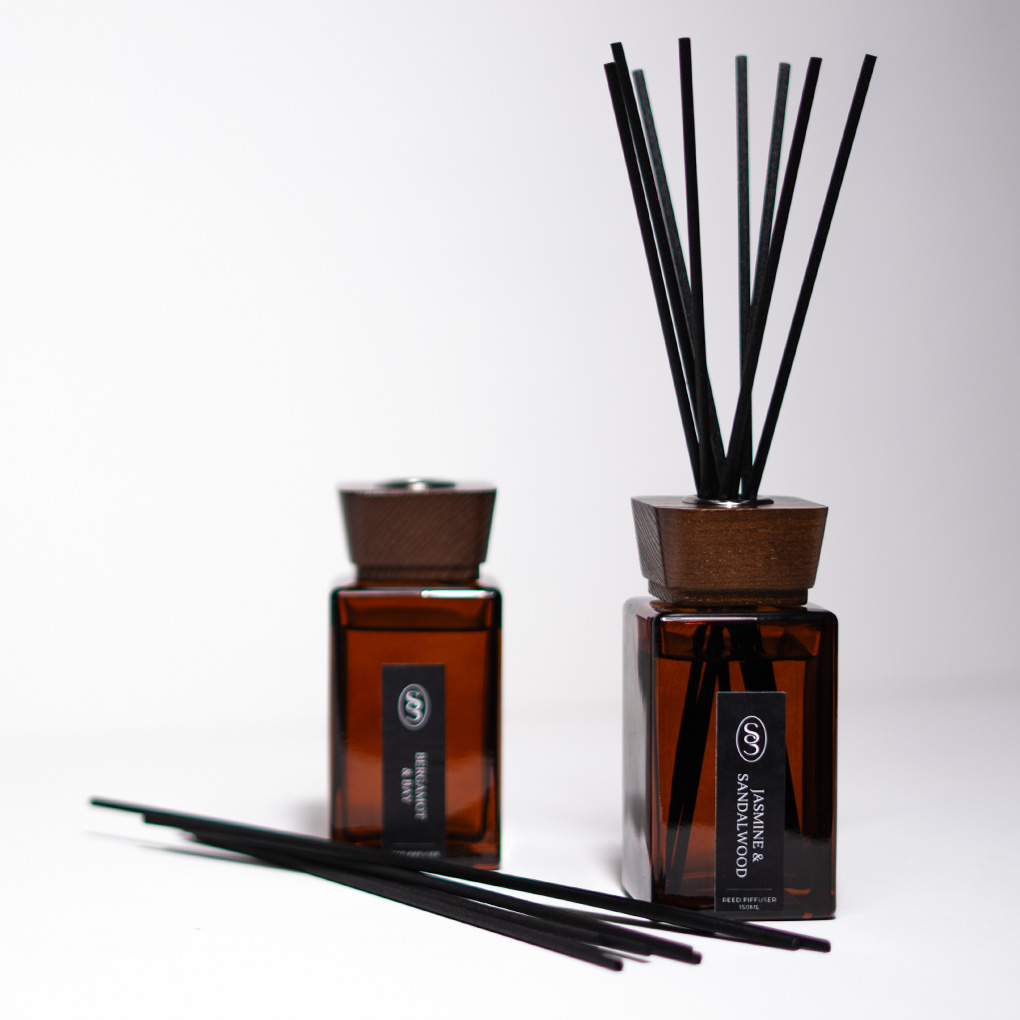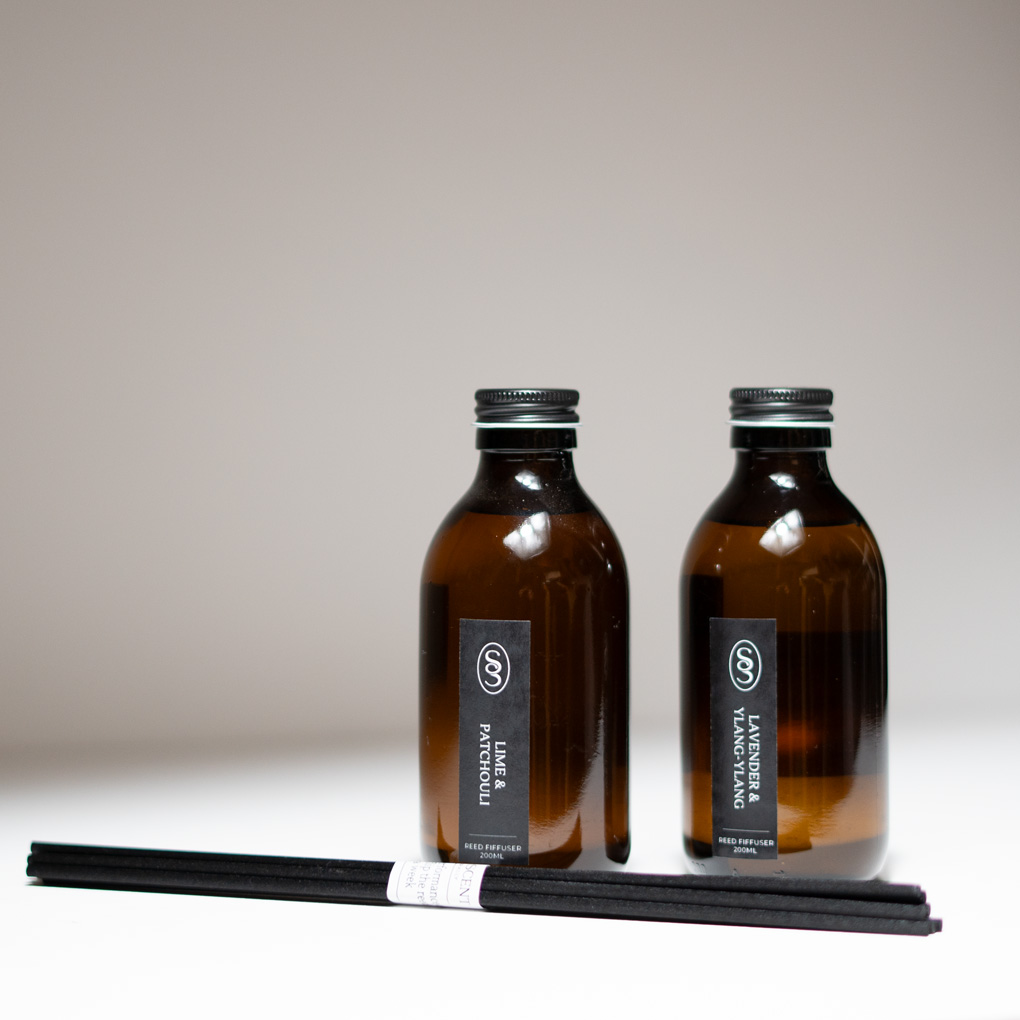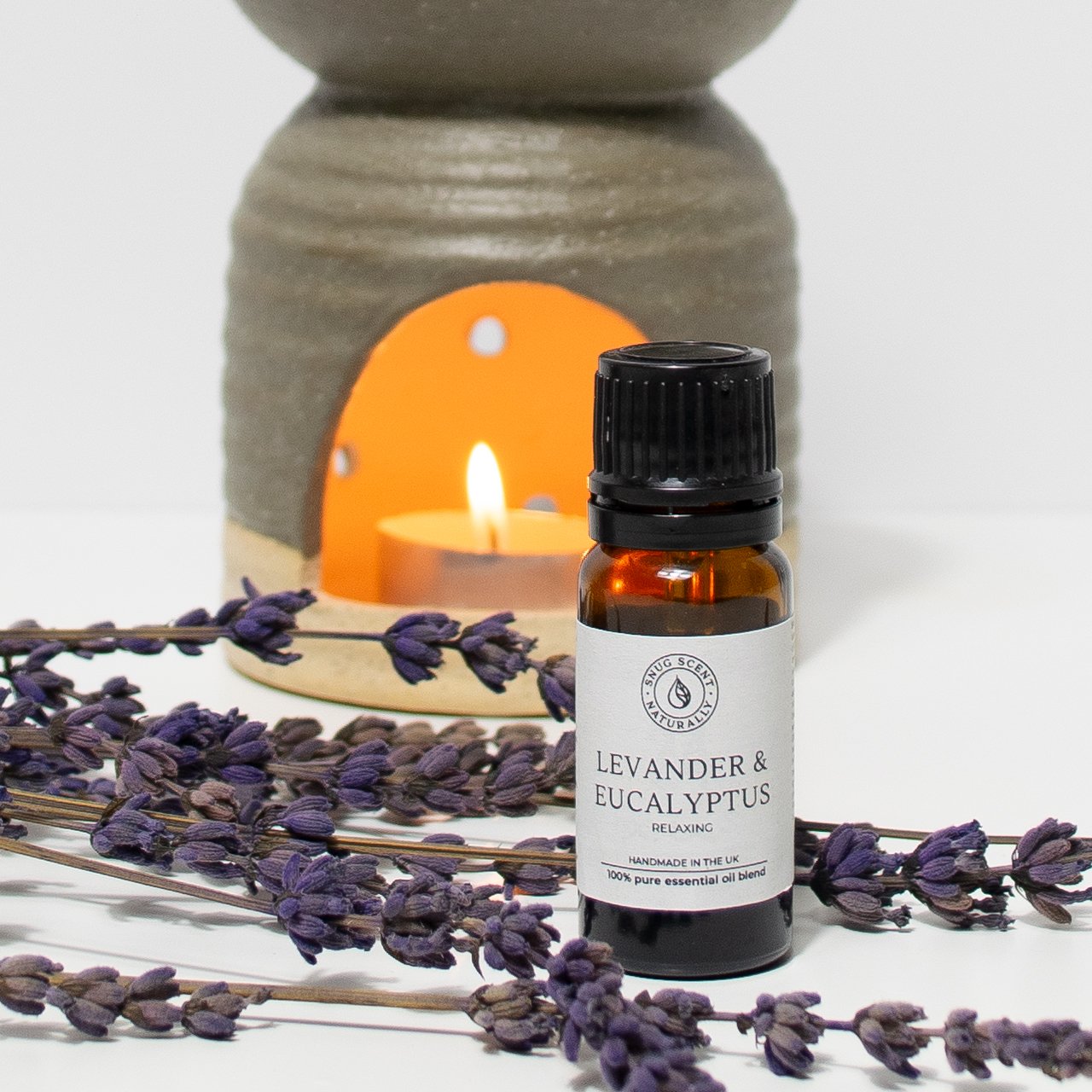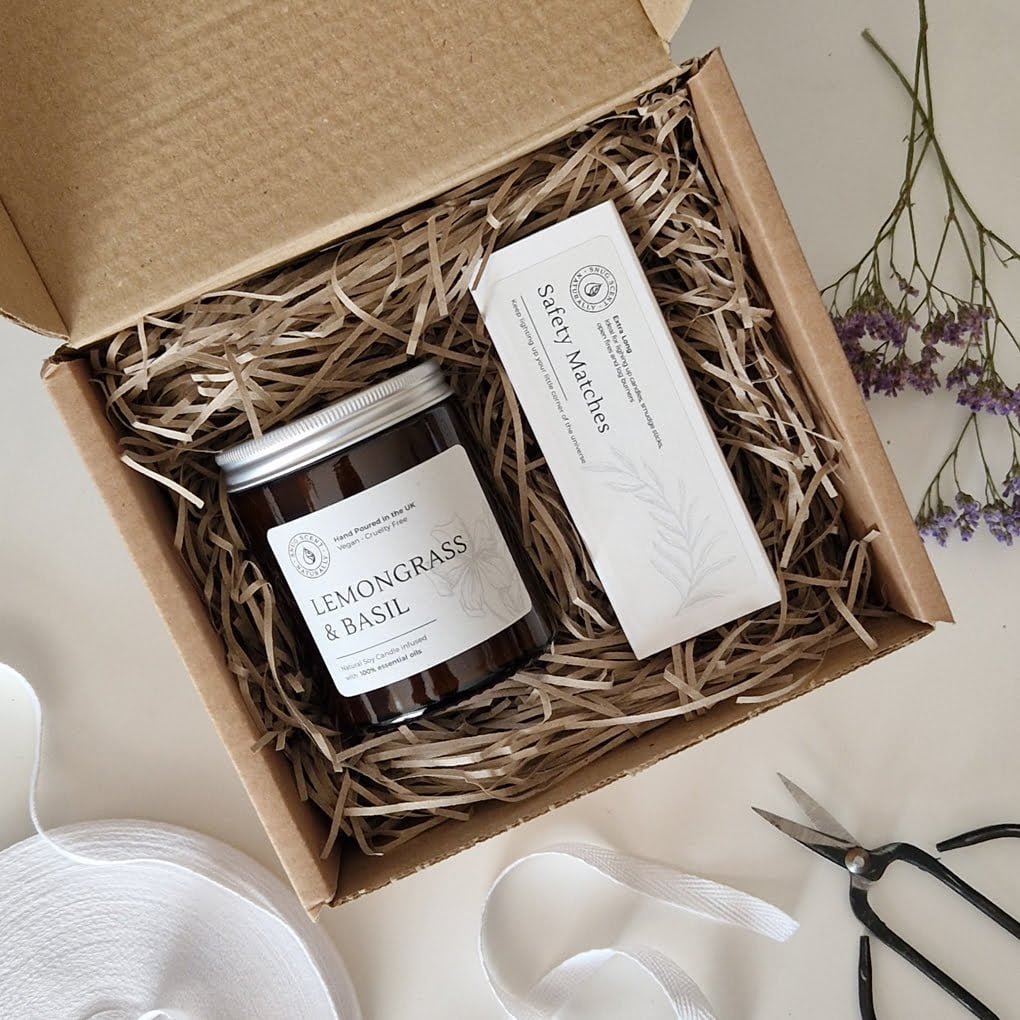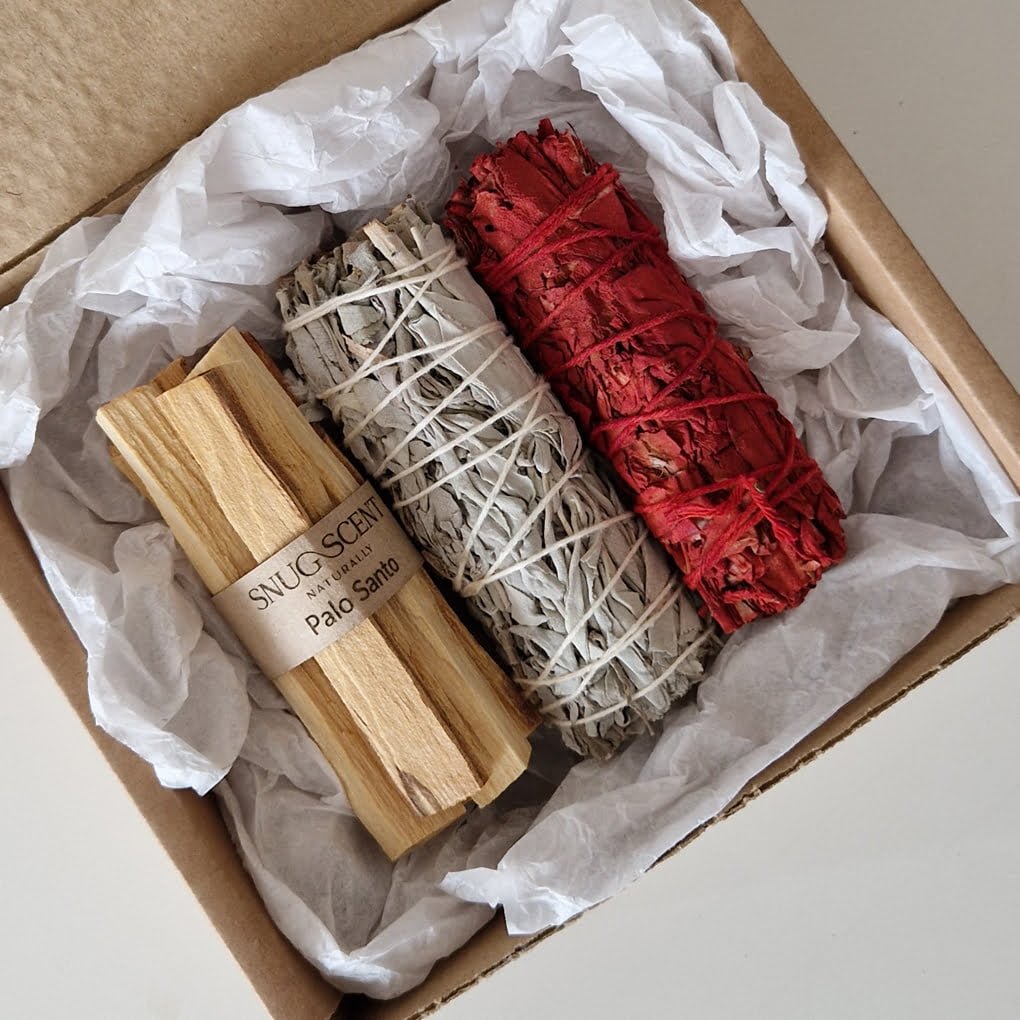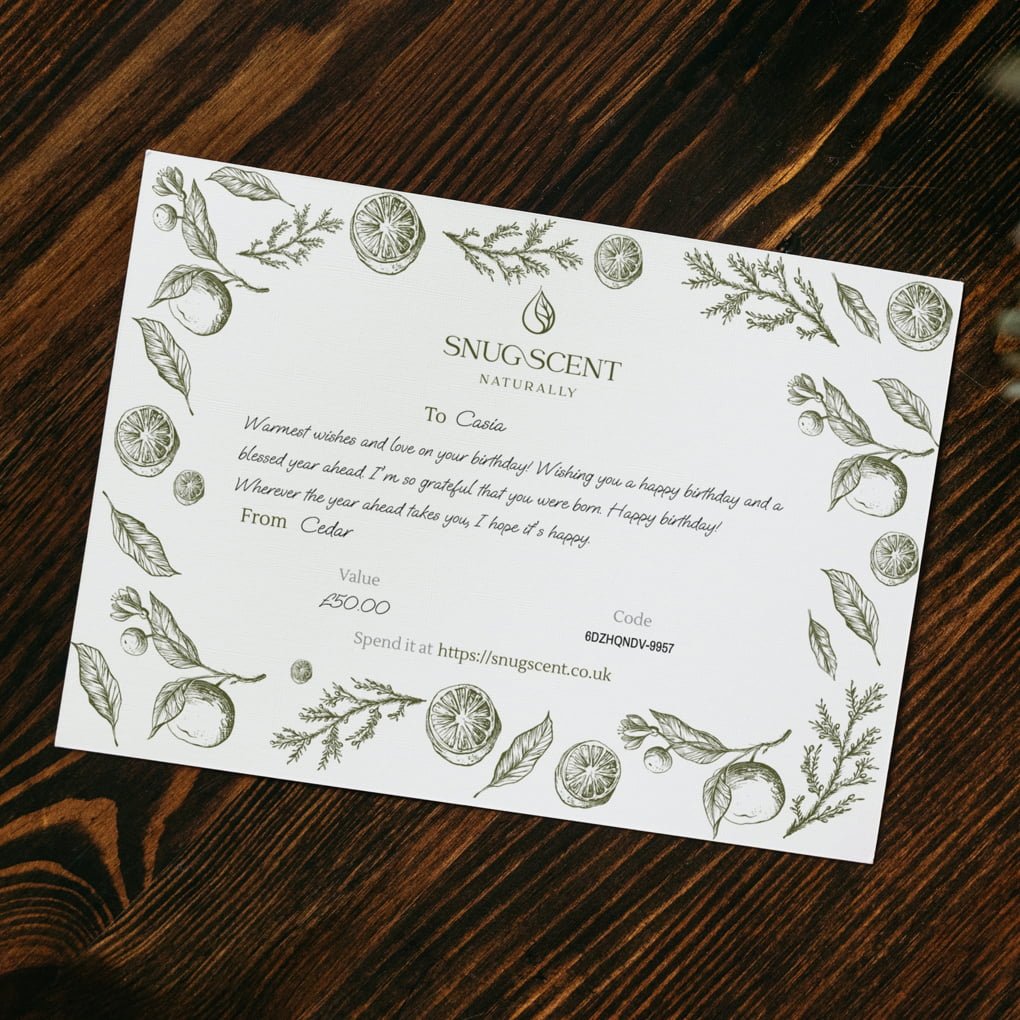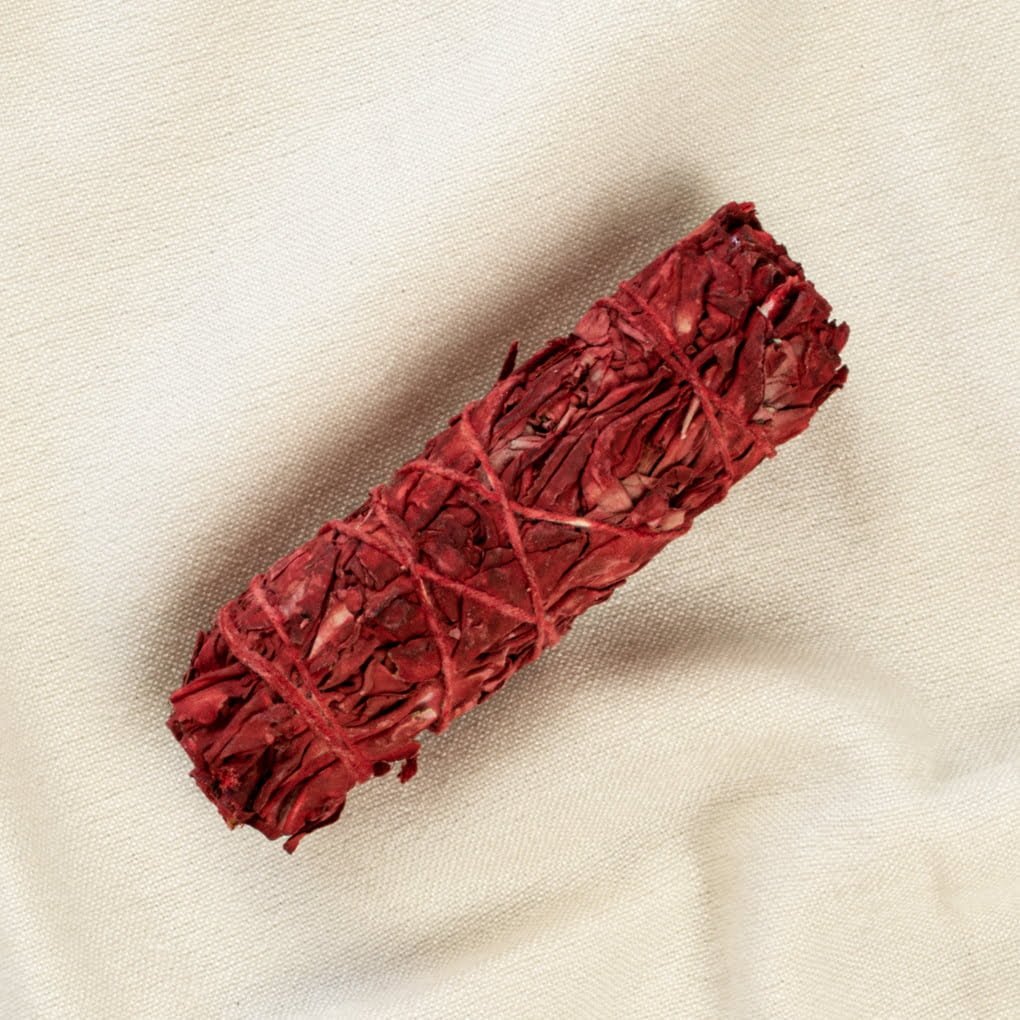About Candles, Wellbeing
Reflexology for Relaxation: Unlock the Power of Touch to Relieve Stress
Reflexology is an ancient natural healing practice that helps improve health, reduce stress, and restore balance. This technique has been around for thousands of years, and modern science has studied its effects extensively. Here, we’ll explore how reflexology works, detail the benefits it offers, and provide a guide to practicing reflexology on yourself. Additionally, we’ll discuss complementary tools like essential oils, candles, and massage that can enhance your experience. So let’s dive in!
What is reflexology, and how does it work
Reflexology is based on the idea that certain points, or “reflexes,” in the feet and hands are connected to different organs and systems in the body. By applying pressure to specific reflex points, practitioners believe they can stimulate the body’s natural healing process. This technique is commonly used to alleviate tension, improve circulation, and promote relaxation.
For example, pressing on the big toe can correspond to areas in the neck and shoulders, helping relieve tension in these regions. Reflexology for stress relief often targets reflex points associated with the adrenal glands, solar plexus, and other stress-related zones, helping create a sense of calm and balance.
Pulse Points in Reflexology
In addition to reflex points, pulse points—locations on the body where the pulse can be felt—are sometimes integrated into reflexology. Applying gentle pressure to pulse points, such as on the wrist or neck, can enhance the relaxing effects of reflexology. These points align closely with blood flow and can be massaged to promote circulation and relaxation. When combined with aromatherapy or essential oils, pulse points serve as powerful areas for enhancing the therapeutic effects of reflexology.
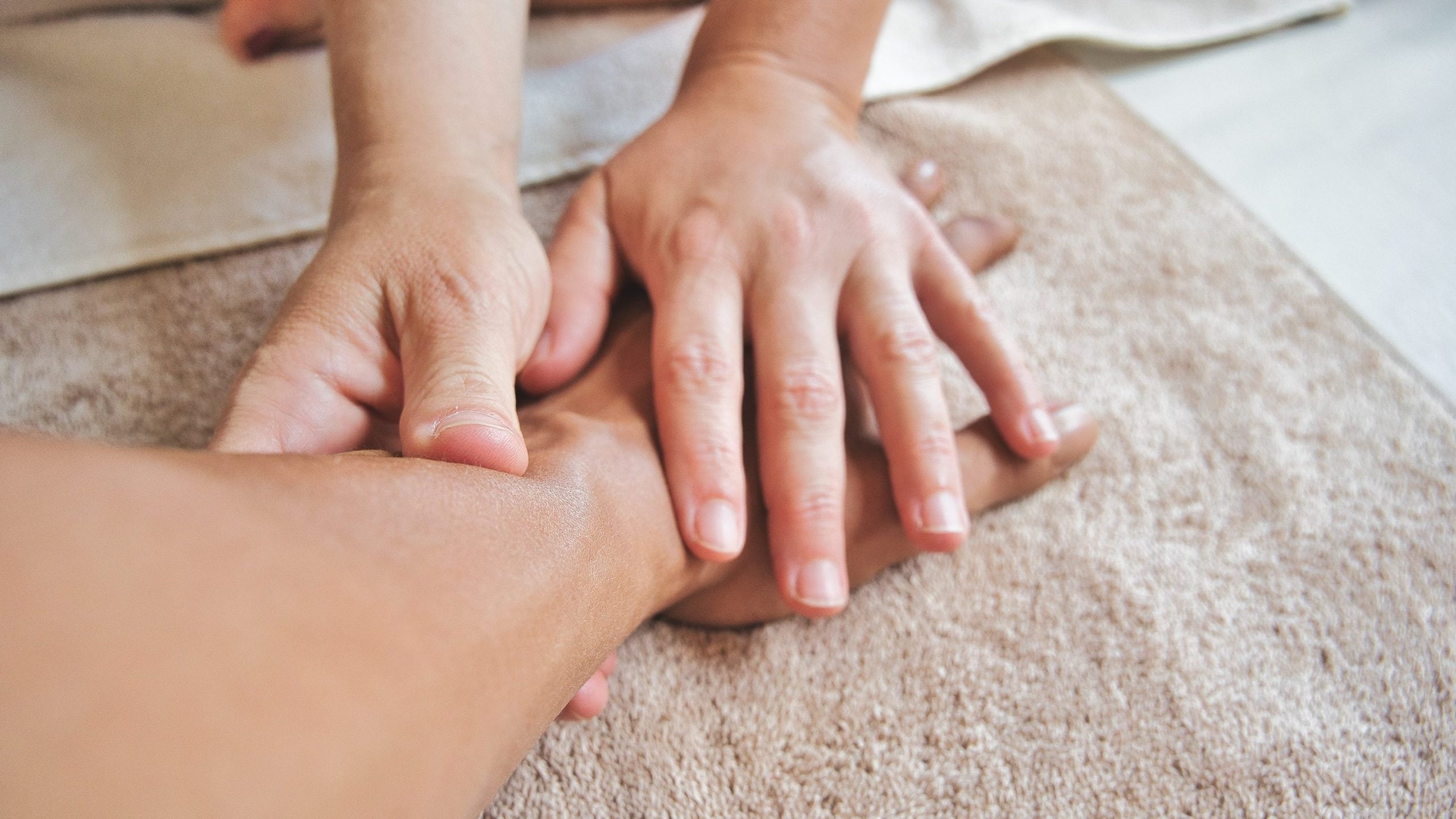
Benefits of Reflexology
Reflexology offers numerous potential benefits, including:
Overall Balance and Harmony: Practicing reflexology can help achieve a sense of balance in the body, harmonizing physical and mental well-being.
Improved Circulation: Massaging reflex points is believed to promote better blood flow, which helps nourish tissues and organs, enhancing overall health.
Stress Reduction: By stimulating reflex points related to stress, reflexology may help lower cortisol levels and encourage relaxation, reducing overall stress.
Enhanced Sleep Quality: Reflexology can be incorporated into a bedtime routine to improve sleep by promoting relaxation and reducing anxiety.
Practicing Reflexology for Self-Care
Reflexology can be easily practiced at home for relaxation and self-care. Here’s a simple guide for beginners:
- Prepare Your Environment: Find a quiet, comfortable space and make sure you’re seated in a relaxed position.
- Identify Key Reflex Points: Focus on areas related to stress relief, such as the big toe for neck and shoulder tension, the ball of the foot for the lungs, or the area just below the ball of the foot for the adrenal glands.
- Apply Pressure: Use your thumb or fingers to apply gentle, consistent pressure to each reflex point for a few seconds. Adjust pressure based on your comfort level.
- Breathe Mindfully: As you work on each point, focus on your breathing to enhance the relaxation effect. Deep, slow breaths can help you connect with your body and release tension.
- Finish with Light Massage: Once you’ve massaged the reflex points, finish by lightly massaging your feet or hands in a circular motion to complete the experience.
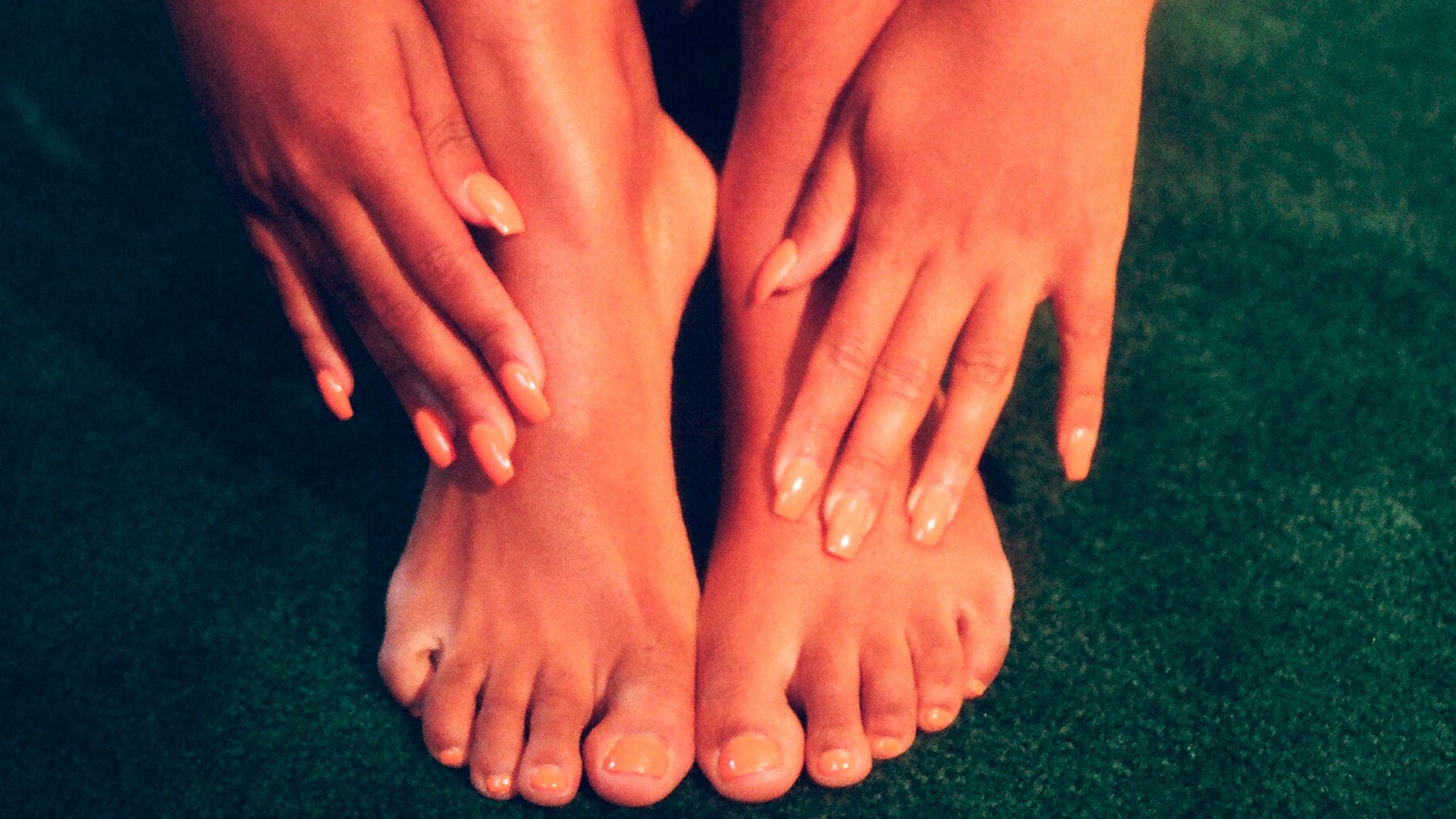
Additional Tools to Enhance Reflexology
While reflexology alone can have profound effects, incorporating additional tools like essential oils, candles, and massage can elevate the experience and deepen relaxation. Here’s a look at these complementary tools and how to use them effectively.
Essential Oils
Essential oils are natural plant extracts that can be applied during reflexology to boost relaxation and improve circulation. Here are a few oils commonly used for stress relief:
- Lavender: Calms the mind and body, often used to ease anxiety and improve sleep.
- Chamomile: Soothes emotional and physical symptoms of stress, such as tension in the muscles.
- Sandalwood: Has grounding properties, promoting mental clarity and relaxation.
- Clary Sage: Reduces stress and anxiety with its sweet, earthy aroma.
- Ylang-Ylang: Improves mood and reduces cortisol levels, helping you feel calm.
To use essential oils in reflexology, dilute a few drops with a carrier oil and apply it directly to reflex points or pulse points for added relaxation. Alternatively, you can add essential oils to a warm bath for a full-body experience before practicing reflexology.
Essential Oil Rollers: For a more convenient application, use essential oil rollers. These are pre-diluted and ready for direct application to reflex or pulse points, making them an ideal tool for on-the-go stress relief. Roll a small amount on the wrist, temples, or other pulse points to enjoy calming effects throughout the day.
Candles
Natural essential oil candles are perfect for setting a calming atmosphere during reflexology. These candles provide natural light, and the soft glow and gentle scent can help ease your mind. Some candles are infused with essential oils, further enhancing relaxation through the scent. Candles made from natural waxes, like soy or beeswax, are preferable because they burn cleanly and don’t release harmful toxins.
Massage Therapy
Massage therapy complements reflexology by helping to loosen tense muscles, improve circulation, and promote relaxation. Before or after reflexology, try gently massaging the feet and hands in a circular motion or focus on tight areas in the neck and shoulders. This combination works to release knots, allowing the body’s natural healing processes to take effect.
Tips for Using These Tools Effectively
Establish a Routine: Try practicing reflexology with these tools regularly to experience their full benefits. Consistency helps reinforce relaxation, so consider setting aside time each week for self-care.
Choose Natural Products: Select essential oils and candles that are free from synthetic additives to ensure a safe, healthy environment.
Combine with Reflexology: Use essential oil rollers on pulse points before practicing reflexology for a soothing effect. Apply the oil to pulse points like the wrists or behind the ears, allowing the aroma to work in tandem with reflexology to reduce stress.
Breathe Mindfully: Incorporate deep breathing while using candles or essential oils. The aromas can enhance your connection to the present moment, helping you unwind fully.
If you’re interested in giving reflexology a go, you can try a step-by-step guide here. With it, you can easily understand how to practice reflexology on yourself!
Conclusion
Reflexology is a time-tested, natural healing system that offers a range of benefits, from reducing stress to improving circulation. By focusing on reflex points and pulse points, this practice can be a powerful addition to your wellness routine. Incorporating additional tools like essential oils, candles, and massage can elevate the experience, creating a calming atmosphere that promotes relaxation and balance.
Whether practiced alone or combined with aromatherapy and other natural treatments, reflexology offers a holistic approach to managing stress and enhancing your well-being.
